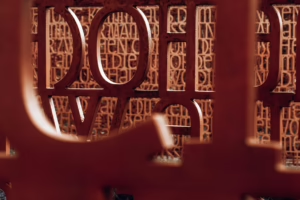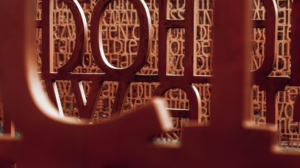Albanian Morphology Made Simple: A Deep Dive into Embryomorphemes
Understanding the intricacies of language morphology is essential for linguists and language enthusiasts alike. Albanian, a member of the Indo-European family, presents a fascinating capability in morphological structures, particularly through its unique use of what can be termed "embryomorphemes." This article aims to demystify Albanian morphology by exploring the concept of embryomorphemes, their functions, and how they enrich the language.
What are Embryomorphemes?
In the context of Albanian morphology, embryomorphemes can be thought of as the foundational building blocks that evolve into more complex morphological forms. These are not merely prefixes or suffixes; rather, they represent the core meanings that give rise to various lexical or grammatical functions when modified or combined with other morphemes.
Characteristics of Embryomorphemes
-
Semantic Core: Each embryomorpheme carries a base meaning. For instance, in Albanian, the root "shkoll-" relates to education or learning.
-
Flexibility: These morphemes can undergo morphological processes such as affixation, compounding, and reduplication to form complex words. For example, "shkollë" (school) can evolve into "shkollari" (student) through the addition of the suffix "-ari."
- Morphological Function: Embryomorphemes serve various grammatical functions, including tense, aspect, number, and case. They often interact with other morphemes to convey nuanced meanings.
The Structure of Albanian Morphology
Albanian morphology is characterized by a rich array of prefixes and suffixes that transform embryomorphemes into various forms.
Nouns
Nouns in Albanian often have a base form that can be modified by:
- Derivational Morphology: The creation of new words (e.g., "fëmijë" [child] can give rise to "fëmijëri" [childhood]).
- Inflectional Morphology: Changes to express grammatical functions (e.g., singular vs. plural forms like "fëmijë" [child] and "fëmijët" [children]).
Verbs
Verbal morphology in Albanian employs embryomorphemes extensively to mark tense and aspect. For example:
- Base form: "të shkruash" (to write)
- Inflection: "shkruan" (writes) or "shkroi" (wrote) illustrate how the morphemes modify meaning based on tense.
Examples of Embryomorphemes in Albanian
1. The Root "bërë" (to do)
- Inflectional Forms:
- Bëri (he/she did)
- Bërë (having done)
2. The Root "pëlqen" (to like)
- Derivational Forms:
- Pëlqyeshëm (likeable)
- Pëlqim (liking)
These examples underscore how embryomorphemes serve as a basis for creating a range of related words that maintain a semantic connection to their root.
The Importance of Embryomorphemes
Understanding the role of embryomorphemes in Albanian not only aids in language learning but also sheds light on broader linguistic principles such as morphological productivity and derivation. They exemplify how simple units of meaning can combine and recombine, allowing for rich and flexible expression in language.
Conclusion
Albanian morphology, with its intricate use of embryomorphemes, serves as a compelling case study in the field of linguistics. By breaking down complex forms into their fundamental components, learners and linguists can appreciate the beauty and functionality of the language. This deep dive into embryomorphemes illustrates the power of language to evolve, adapt, and convey meaning through its morphological structures, making Albanian a vibrant area of study for those interested in linguistics and language development.


























Add Comment